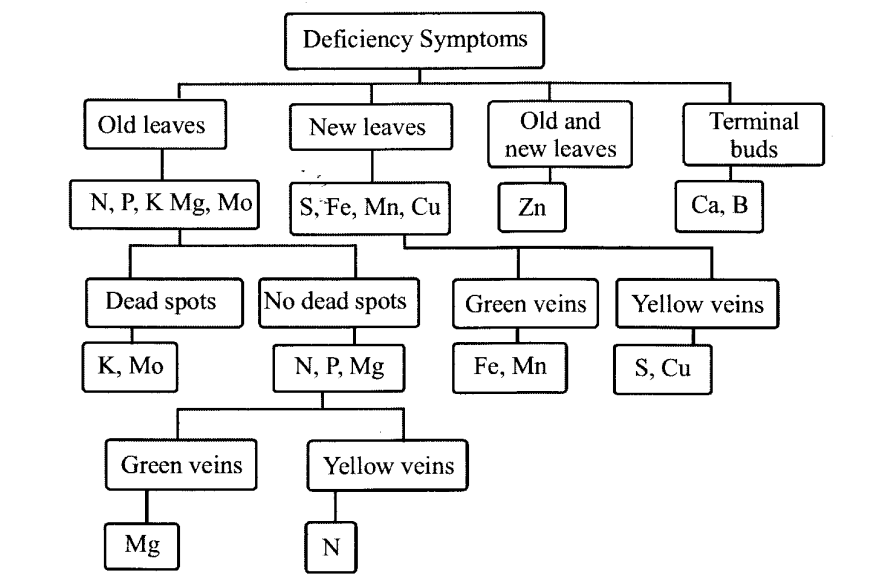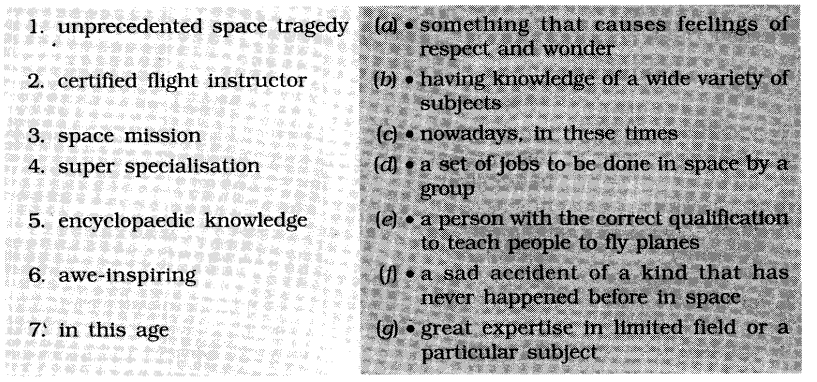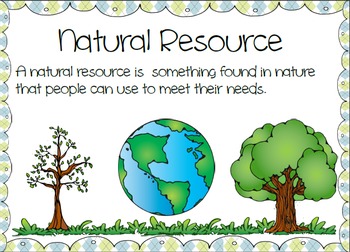EVENTS CONVENT HIGH SCHOOL
29/09/2021 CLASS-11 SESSION 2021-22
SUBJECT :BIOLOGY
CHAPTER-12
TRANSPORT IN PLANTS
______________________________________
Question 1.
“All elements that are present in a plant need not be essential to its survival”. Comment.
Solution:
Plants obtain their inorganic nutrients from the air, water, and soil. Plants absorb a wide variety of mineral elements. Not all the mineral elements that they absorb are required by plants. Out of the more than 105 elements discovered so far, less than 21 are essential and beneficial for normal plant growth and development. The elements required in large quantities are called macronutrients. While those required in fewer quantities or in the trace are termed micronutrients. These elements are either essential constituents of proteins, carbohydrates, fats, nucleic acid, etc. and/or take part in various metabolic processes.
Question 2.
Why is the purification of water and nutrient salts so important in studies involving mineral nutrition using hydroponics?
Solution:
The technique of growing plants in a nutrient solution is known as hydroponics. Since a number of improvised methods have been employed to try and determine the mineral nutrients essential for plants. The essence on all these methods involves the culture of plants in a soil-free, defined mineral solution. These method require purified water and mineral nutrients salts. Purification of water and nutrient salt is important to find out other influencing factors
Question 3.
Explain with examples:
Macronutrients, micronutrients, beneficial nutrients, toxic elements, and essential elements.
Solution:
Based upon the criteria only a few elements have been found to be absolutely essential for plant growth and metabolism. These elements are further divided into two broad categories based on their quantitative requirements,
- Macronutrients
- Micronutrients
Macronutrients must generally be present in plant tissues in the concentration of 1 to 10 mg/L of dry matter. The macronutrients include carbon, hydrogen, oxygen, nitrogen, phosphorous, sulfur, potassium, calcium, and magnesium. Of these, carbon, hydrogen, and oxygen are mainly obtained from CO2, and H20, while the others are absorbed from the soil as mineral nutrition.
Micronutrients or trace elements are needed in very small amounts (equal to or less than 0.1 mg/L of dry matter). These include iron, manganese, copper, molybdenum, zinc, boron, chlorine, and nickel. In addition to the 17 essential elements named above, there are some beneficial elements such as sodium, silicon, cobalt, and selenium. They are required by higher plants.
Essential elements can also be grouped into four broad categories on the basis of their diverse functions. These categories are:
(1) Essentia] elements as components of biomolecules and hence structural elements of cells, (eg: carbon, hydrogen, oxygen, and nitrogen).
(2) Essential elements that are components of energy-related chemical compounds in plants, for example, magnesium in chlorophyll and phosphorous in ATP.
(3) Essential elements that activate or inhibit enzymes, for example, Mg2+ is an activator for both ribulose bisphosphate carboxylase-oxygenase and phosphoenolpyruvate carboxylase, both of which are critical enzymes in photosynthetic carbon fixation; Zn2+ is an activator of alcohol dehydrogenase and Mo of nitrogenase during nitrogen metabolism.
(4) Some essential elements can alter the osmotic potential of a cell. Potassium plays an important role in the opening and closing of stomata. Any mineral ion concentration in tissues that reduces the dry weight of tissues by about 10 percent is considered toxic. Such critical concentrations vary widely among different micronutrients. The toxicity symptom! are difficult to identify.
Toxicity levels for any element also vary for different plants. Many times excess of an element may inhibit the uptake of another element. For example, the prominent symptoms of manganese toxicity are the appearance of brown spots surrounded by chlorotic veins.
Question 4.
Name at least five different deficiency symptoms in plants. Describe them and correlate them with the concerned mineral deficiency.
Solution:
- Chlorosis: Chlorosis is the loss of chlorophyll leading to yellowing in leaves. It is caused by a deficiency of N, K, Mg, S, Fe, Mn, Zn, and Mo.
- Necrosis: It is the death of tissue. It occurs due to deficiency of Ca, Mg, Cu, K.
- Inhibition of cell division: It occurs due to deficiency of N, K, S, Mo.
- Stunted plant growth: It occurs due to deficiency of Ca, N, etc.
- Premature fall of leaf and buds: It occurs due to deficiency of calcium, magnesium.
Question 5.
If a plant shows a symptom which could develop due to deficiency of more than one nutrient, how would you find out experimentally, the real deficient mineral element?
Solution:
- The deficiency symptoms can be distinguished on the basis pf the region of occurrence, presence or absence of dead spots, and chlorosis of entire leaf or interveinal chlorosis.
- The region of the appearance of deficiency symptoms depends on the mobility of nutrients in plants. The nutrient deficiency symptoms of N, P, K, Mg, and Mo appear in lower leaves.
- Zinc is moderately mobile in plants and deficiency symptoms, therefore, appear in middle leaves.
- The deficiency symptoms of less mobile elements (S, Fe, Mn, and Cu) appear on new leaves.
- Ca and B are immobile in plants, deficiency symptoms appear on terminal buds.
- Chlorine deficiency is less common in crops.

Question 6.
Why is it that in certain plants deficiency symptoms appear first in younger parts of the plant while in other they do so in mature organs?
Solution:
The deficiency symptoms tend to appear first in the young tissues whenever the elements are relatively immobile and are not transported out of the mature organs, for example, elements like sulphur and calcium are a part of the structural component of the cell and hence are not easily released.
Question 7.
How are the minerals absorbed by the plants?
Solution:
Uptake of mineral ions, by plants, occurs through
two main phases.
Passive Absorption: It is the process of absorption of minerals through it’s outer space(Intercellular space and cell wall) by physical process. Direct expenditure of metabolic energy is not involved. A substance moves from a region of higher chemical potential to lower chemical potential. It occurs through ion channels (transmembrane protein). The theories to explain the movement of ions:
(a) Ion exchange: Both cation and anion gets absorbed on the surface of cell wall. The absorbed ions are exchanged with ions present in soil solution.
(b) Mass flow hypothesis: According to this hypothesis mass flow of ions occur along with absorption of water as a result of transpirational pull.
Active Absorption: It is the process of movement of ions against a concentration gradient, by utilizing ATP as energy. Both influx and efflux of ions are carried out by carrier mechanism. The activated ions combine with carrier proteins and form ion carrier complex. This complex moves
across all the membrane and reaches inner surface, where it breaks and releases ions into the cytoplasm.
Question 8.
What are the conditions necessary for the fixation of atmospheric nitrogen by Rhizobium? What is their role in nitrogen fixation?
Solution:
Rhizobia are unique because they live in a symbiotic relationship with legumes. Necessary conditions:
- Requires a strong reducing agent and energy in the form of ATP.
- The enzyme nitrogenase which is very sensitive to oxygen is required.
- The processes take place in an anaerobic environment
- The energy is provided by the respiration of host cells.
The reduction of nitrogen to ammonia by living organisms is called biological nitrogen fixation. The enzyme, nitrogenase which is capable of nitrogen reduction is present exclusively in prokaryotes. Several types of symbiotic biological nitrogen-fixing associations are known. The most common association on roots is nodules. Their role in N2– fixation is to supply the plants with nitrogenase that converts nitrogen to amino acids.
Question 9.
What are the steps involved in the formation of root nodule?
Solution:
Nodule formation involves a sequence of multiple interactions between Rhizobium and the roots of the host plant. Stages in the nodule formation are summarised as follows:
Steps in the development of root nodules:
(a) When a root hair of a leguminous plant comes in contact with Rhizobium, it is deformed due to the secretion from the bacterium.
(b) At the site of curling Rhizobia invades the root tissue and proliferate within root hairs.
(c) Some bacteria enlarge to form membrane-bound structures, bacteroids which cannot divide.
(d) The plants form the infection thread, made up of plasma membrane that grows inward, separating the infected tissue from the rest of the plant.
(e) Cell division is stimulated in the infected tissue and more bacteria invade the newly formed tissues.
(f) It is believed that a combination of cytokinin produced by invading bacteria and auxins produced by plant cells, promotes cell division and extension, leading to nodule formation.
Question 10.
Which of the following statements are true? If false correct them:
(a) Boron deficiency leads to the stout axis.
(b) Every mineral element that is present in a cell is needed by the cell.
(c) Nitrogen as a nutrient element, is highly immobile in plants.
(d) It is very easy to establish the essentiality of micronutrients because they are required only in trace quantities.
Solution:
(a) True
(b) False
Correct sentence: Every mineral element that is present in a cell is not needed by the cell.
(c) False
Correct sentence: Nitrogen as a nutrient element is highly mobile in the plants.
(d) False
Correct sentence: It is very difficult to establish the essentiality of micronutrients because they are required only in trace quantities.



